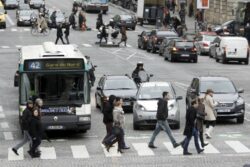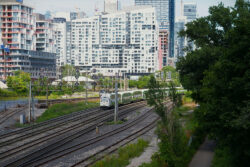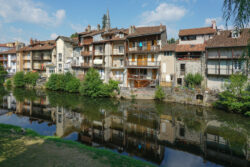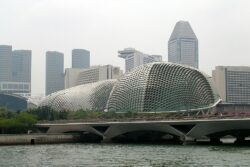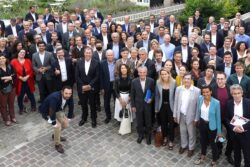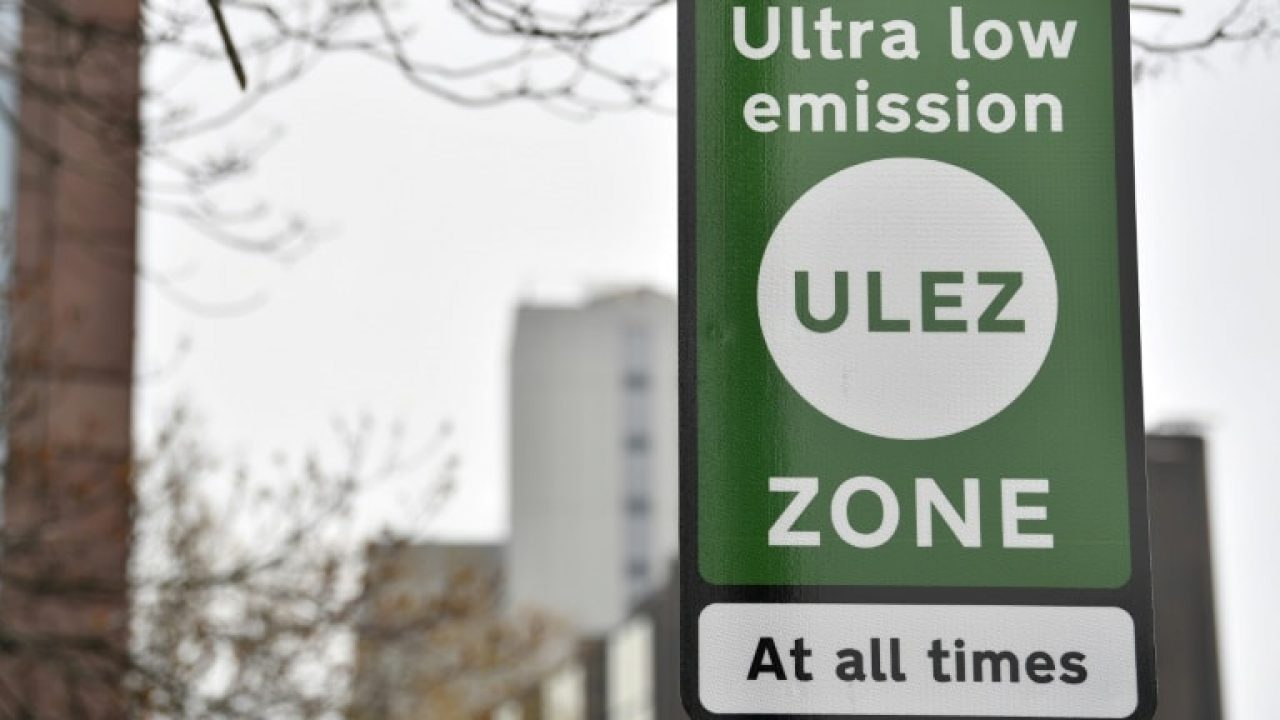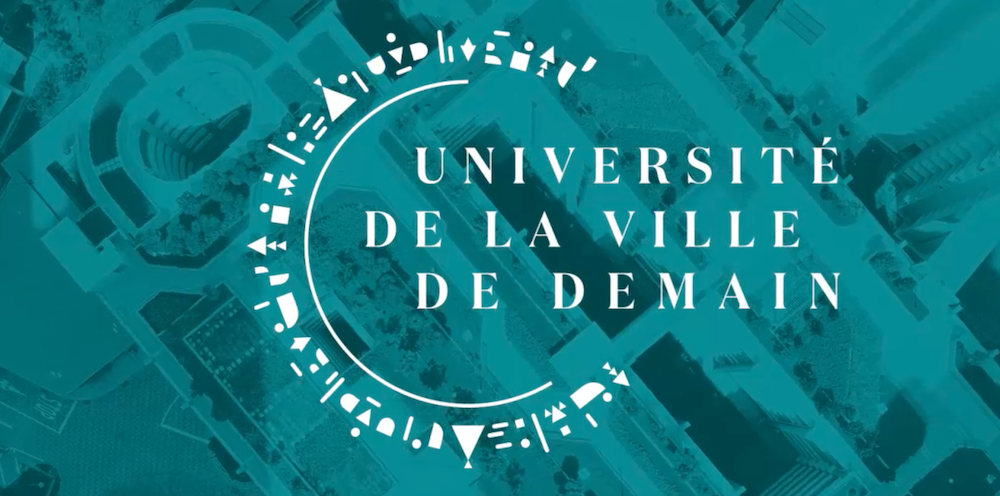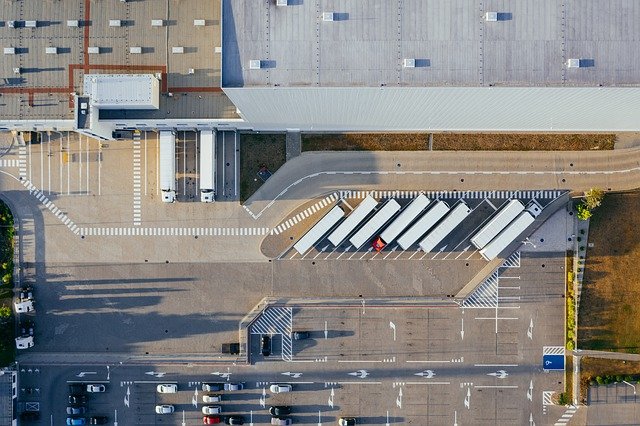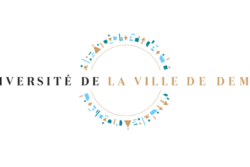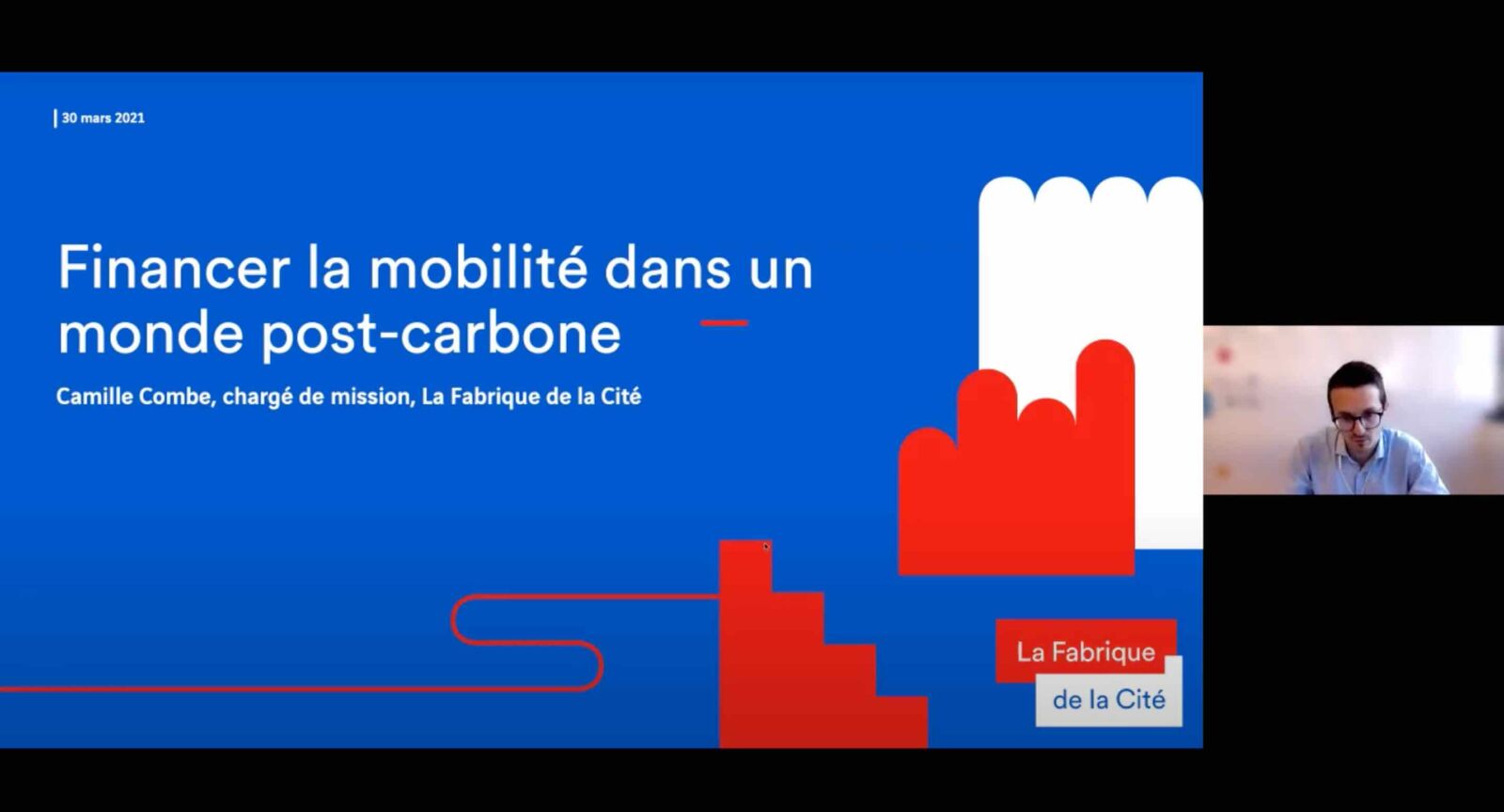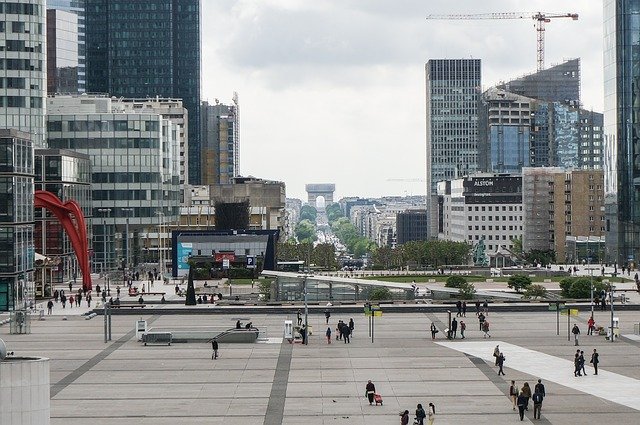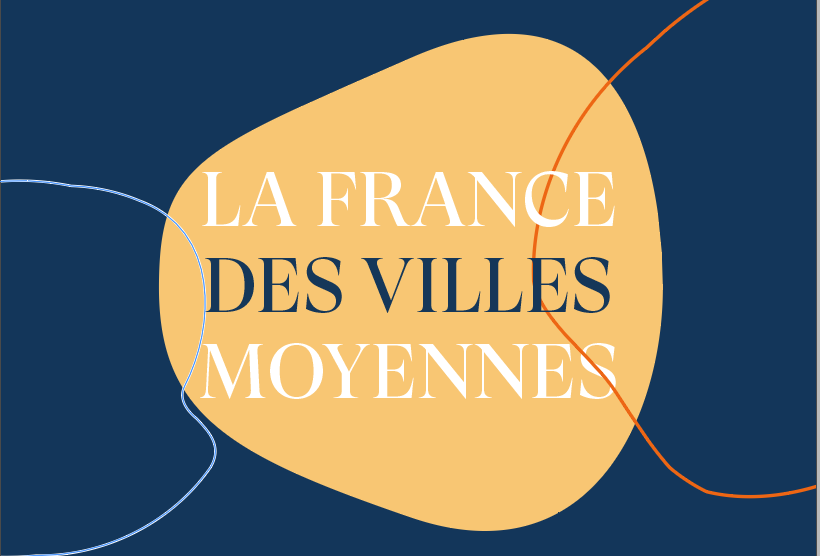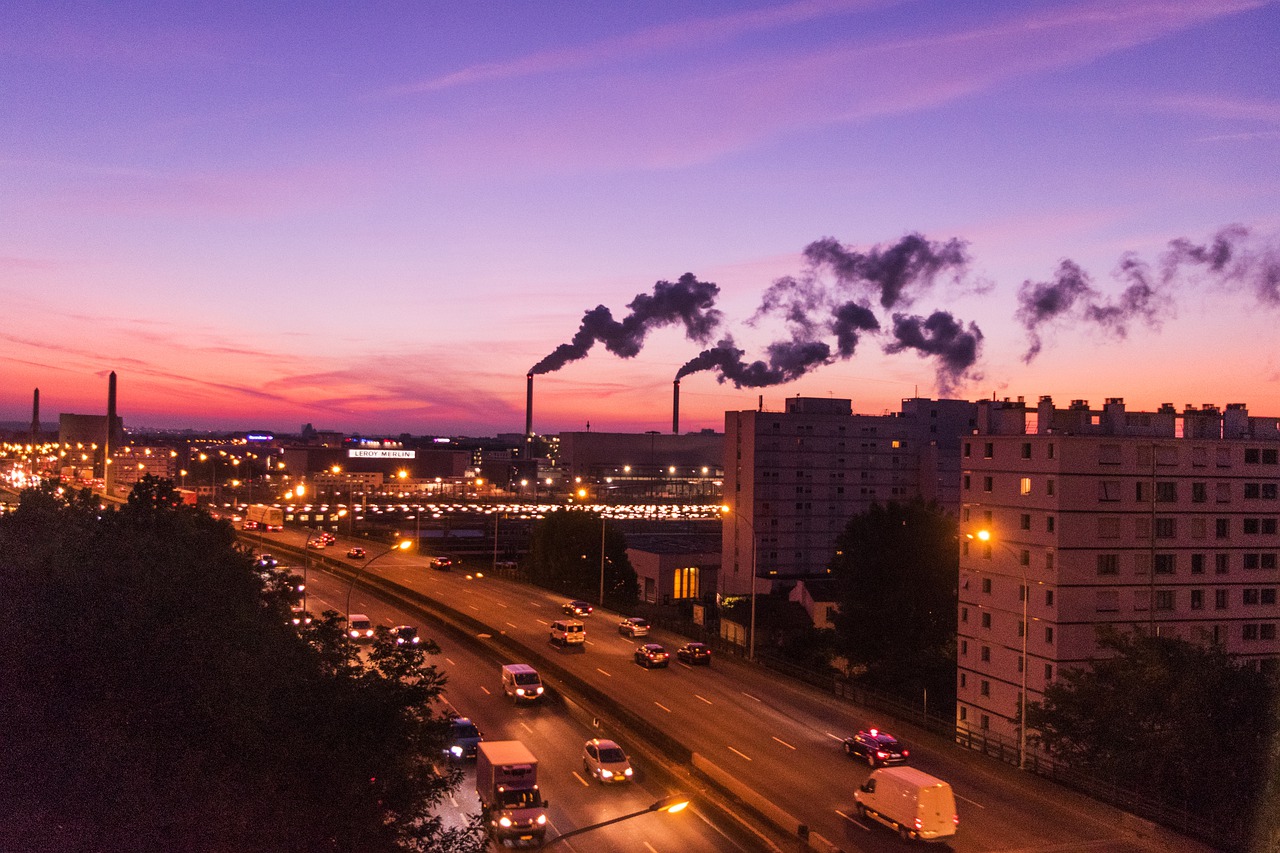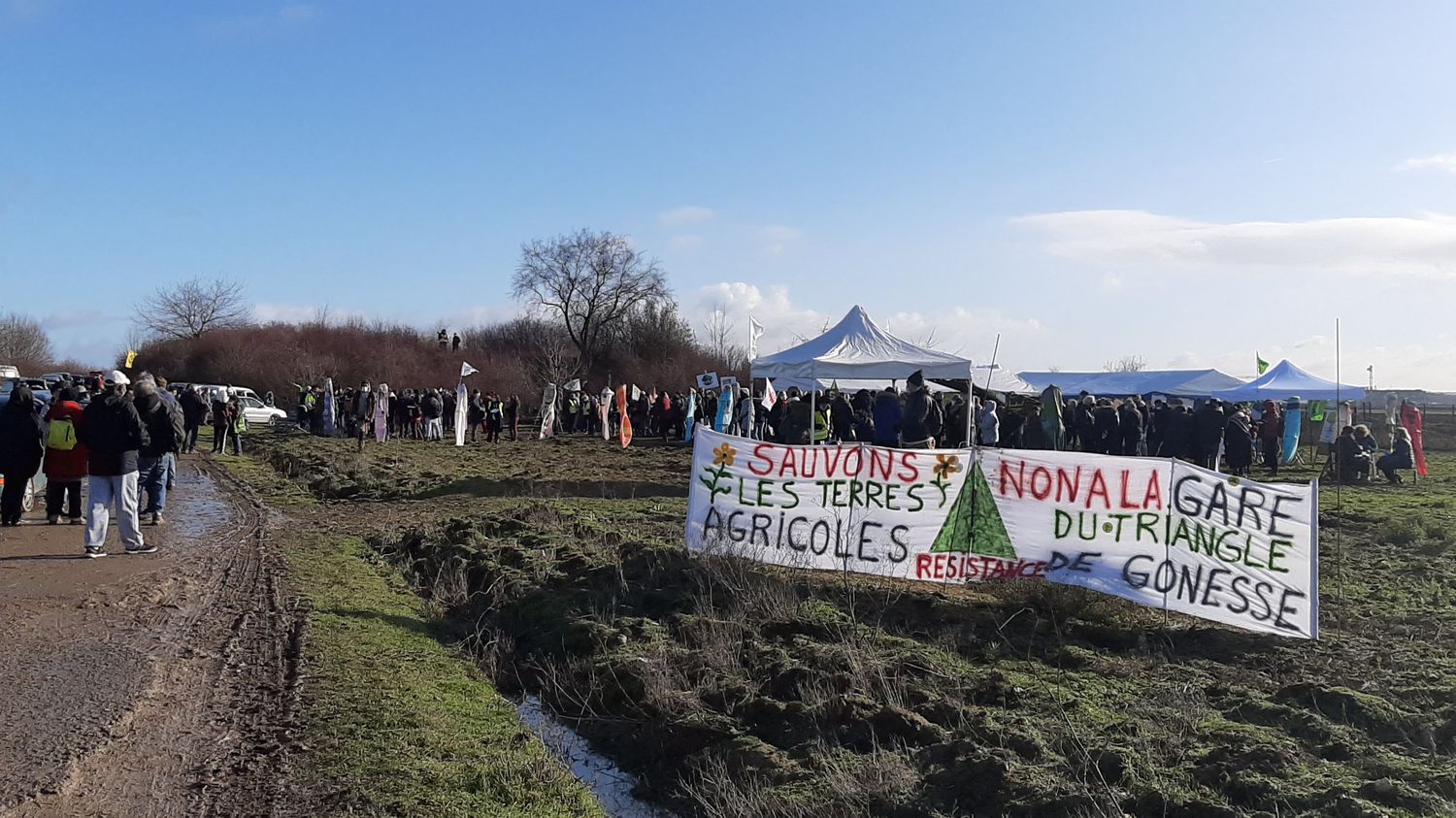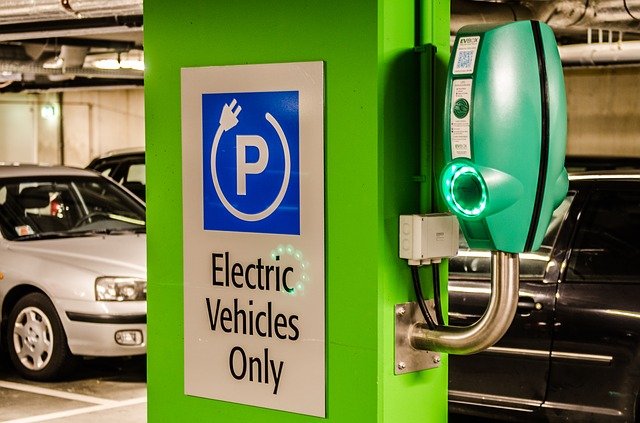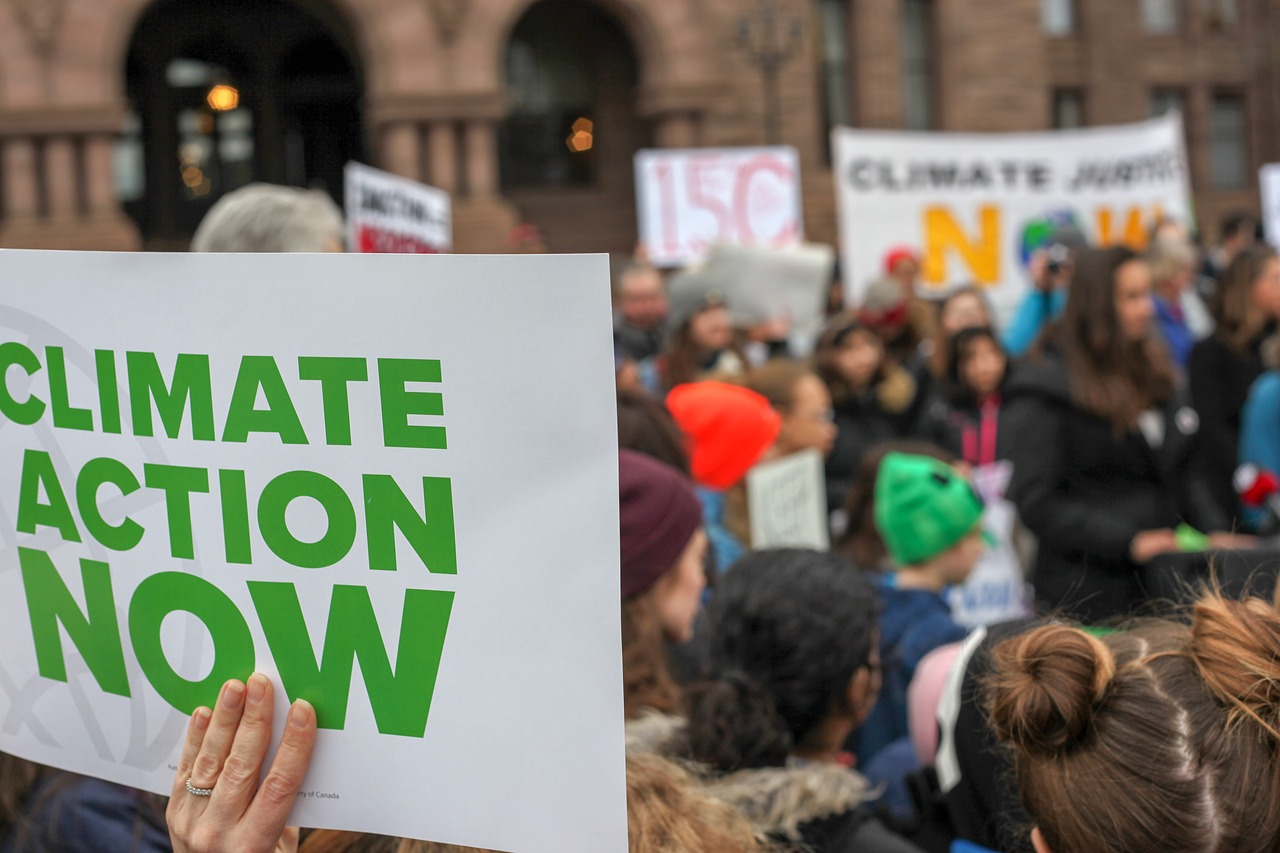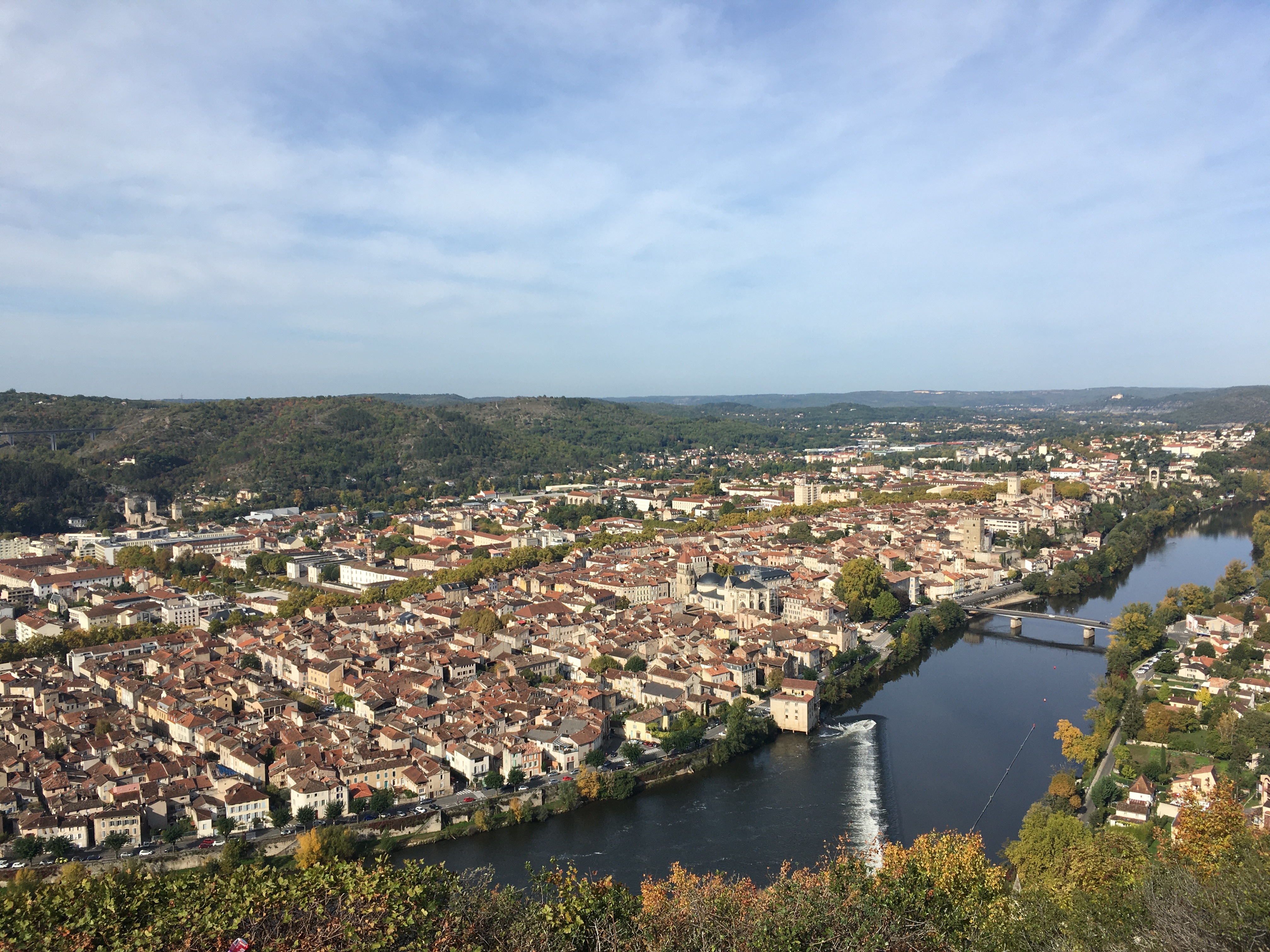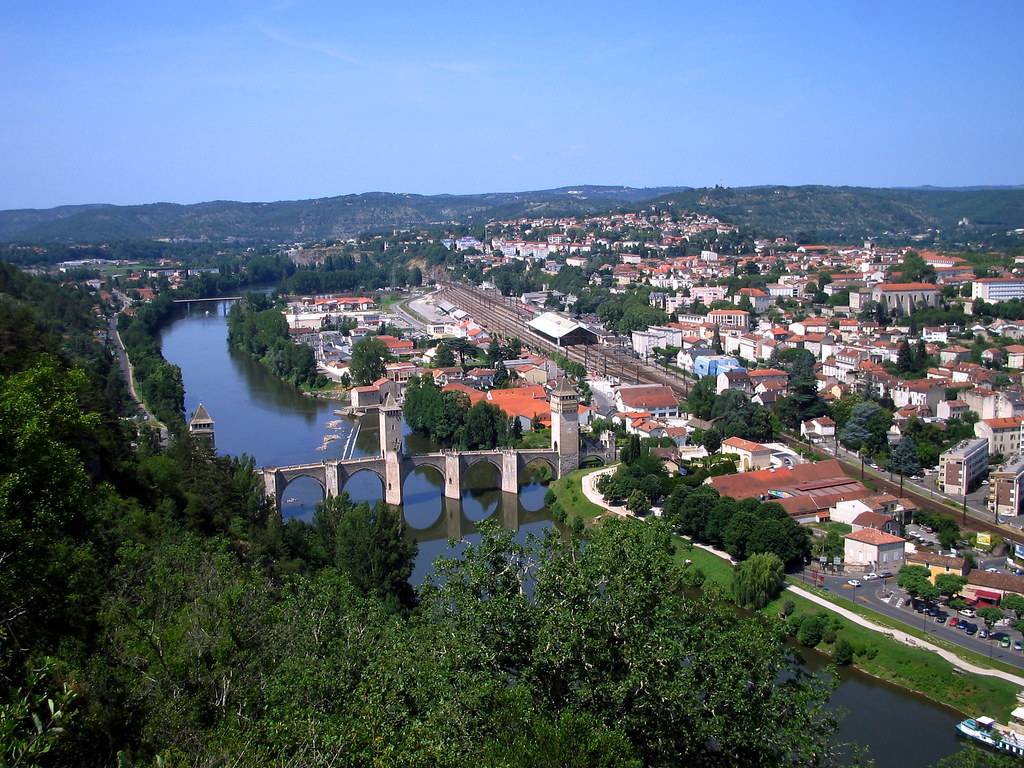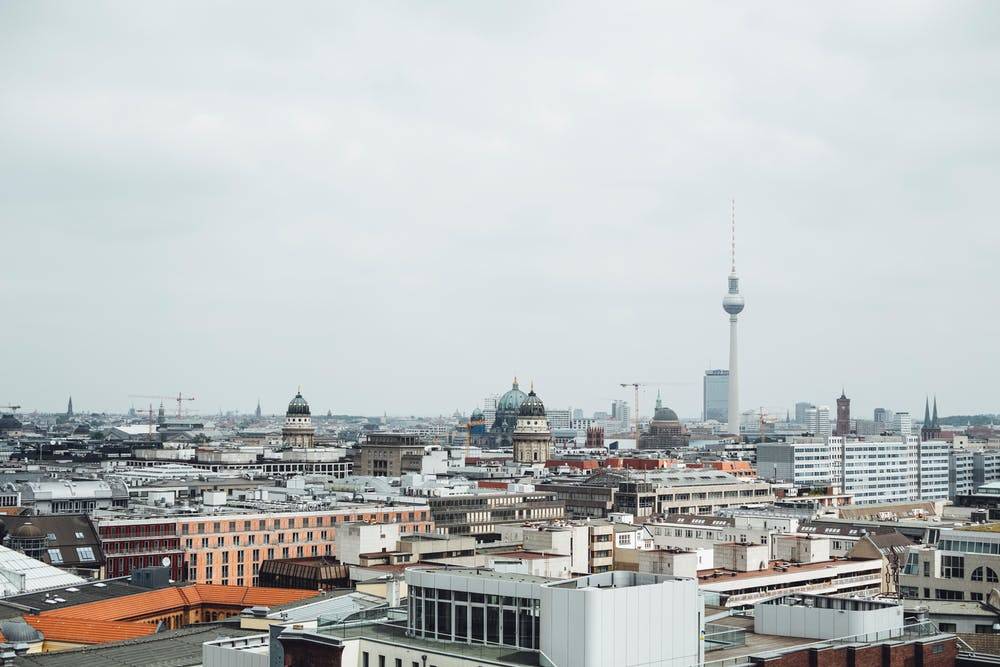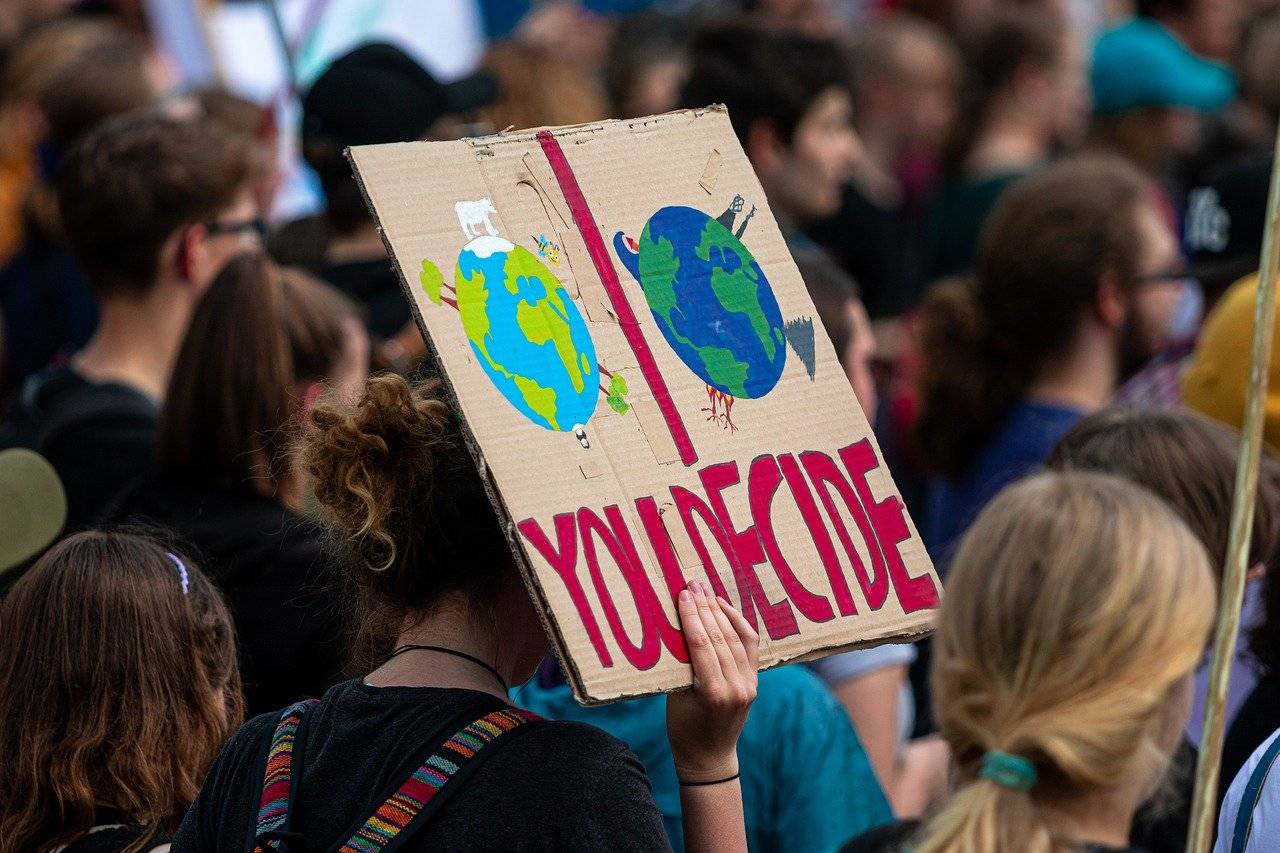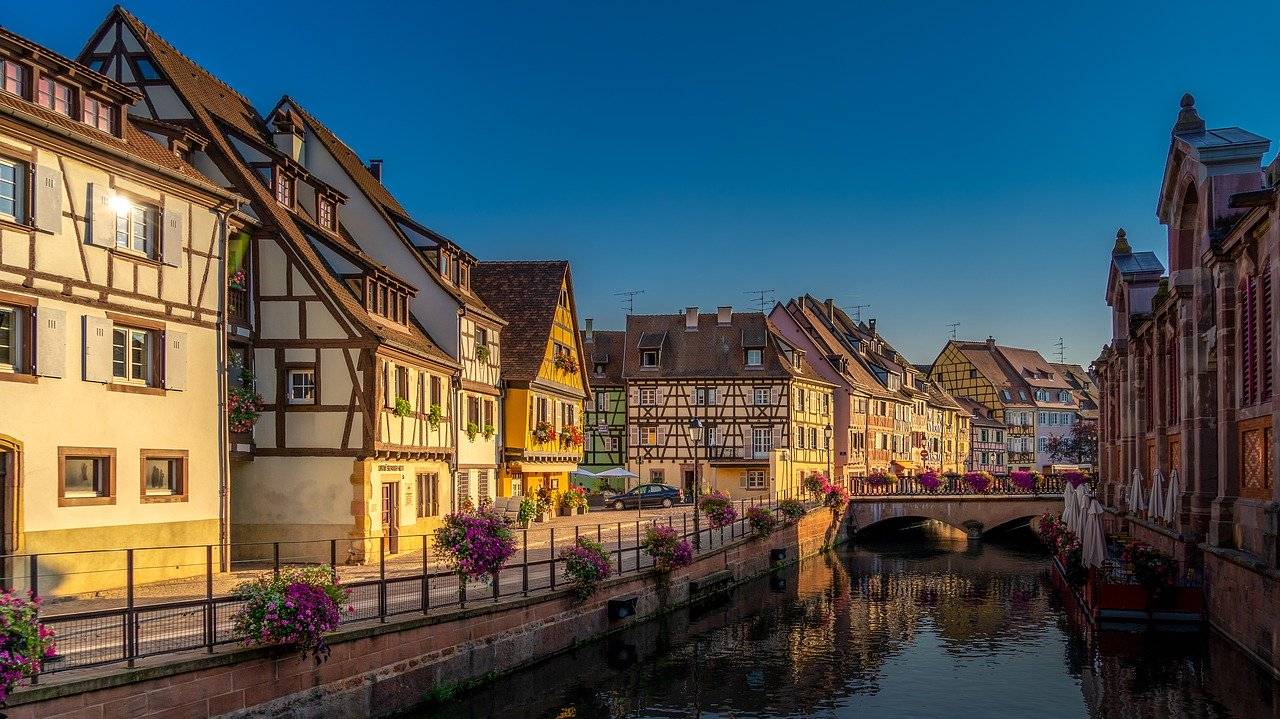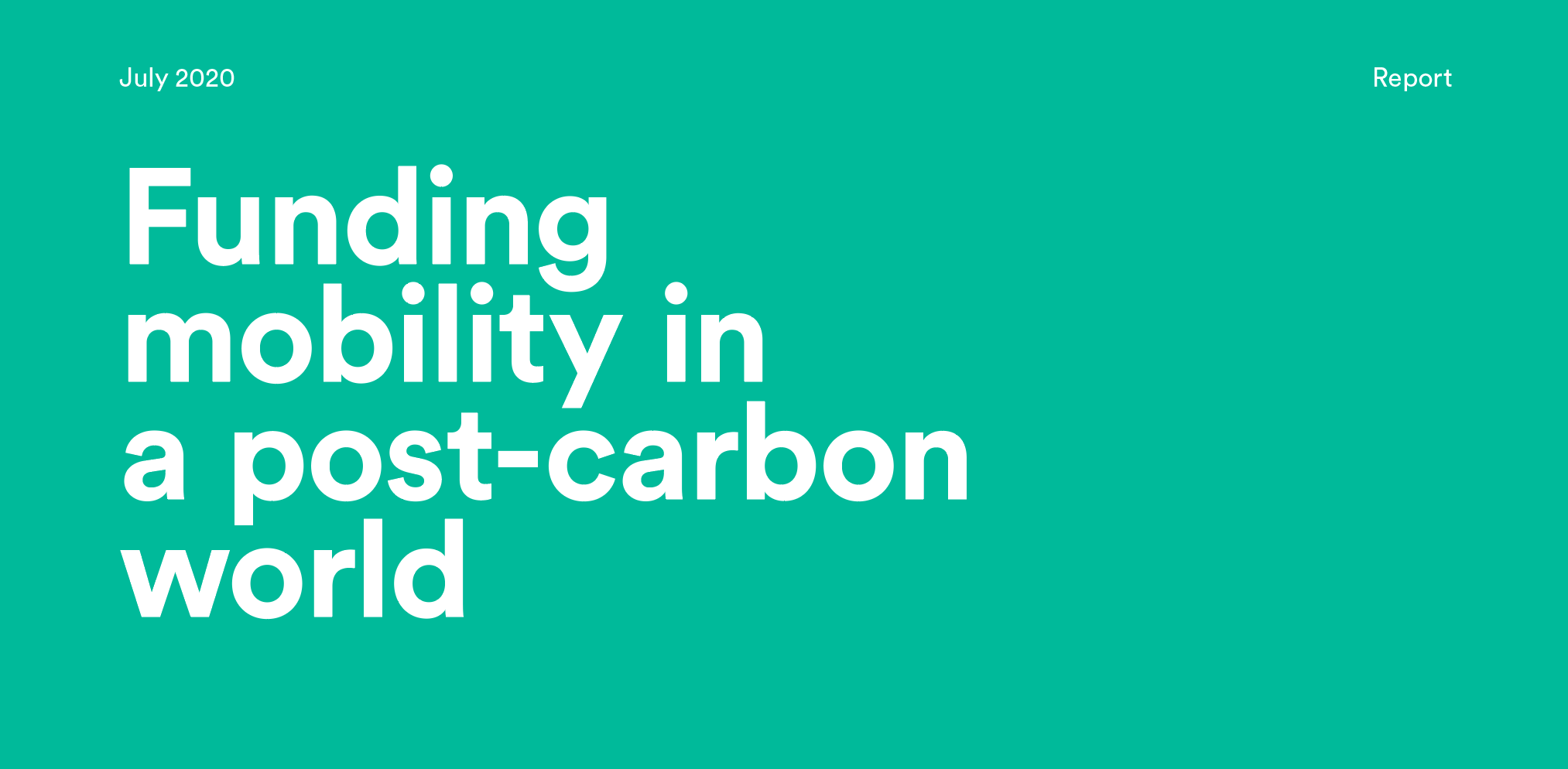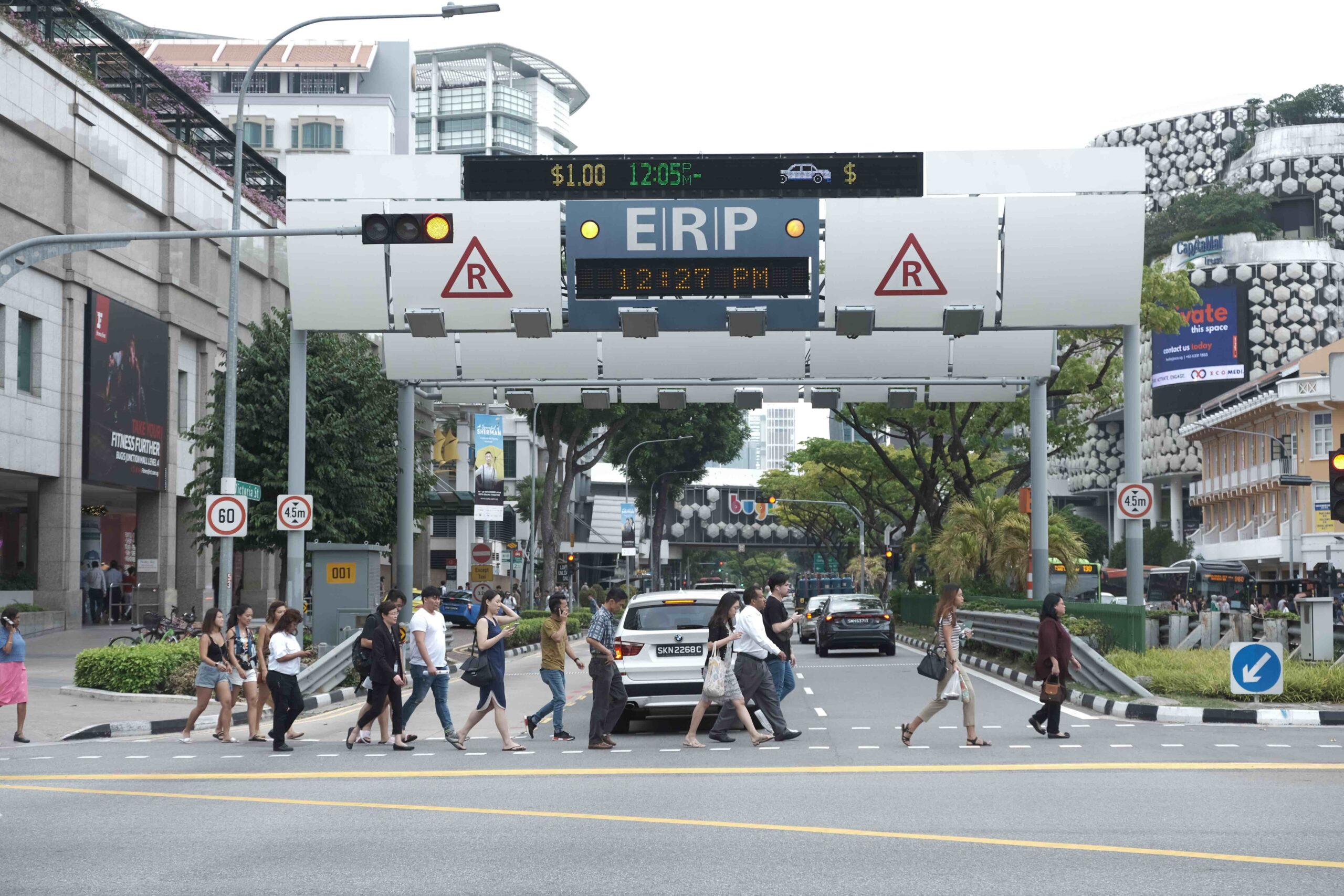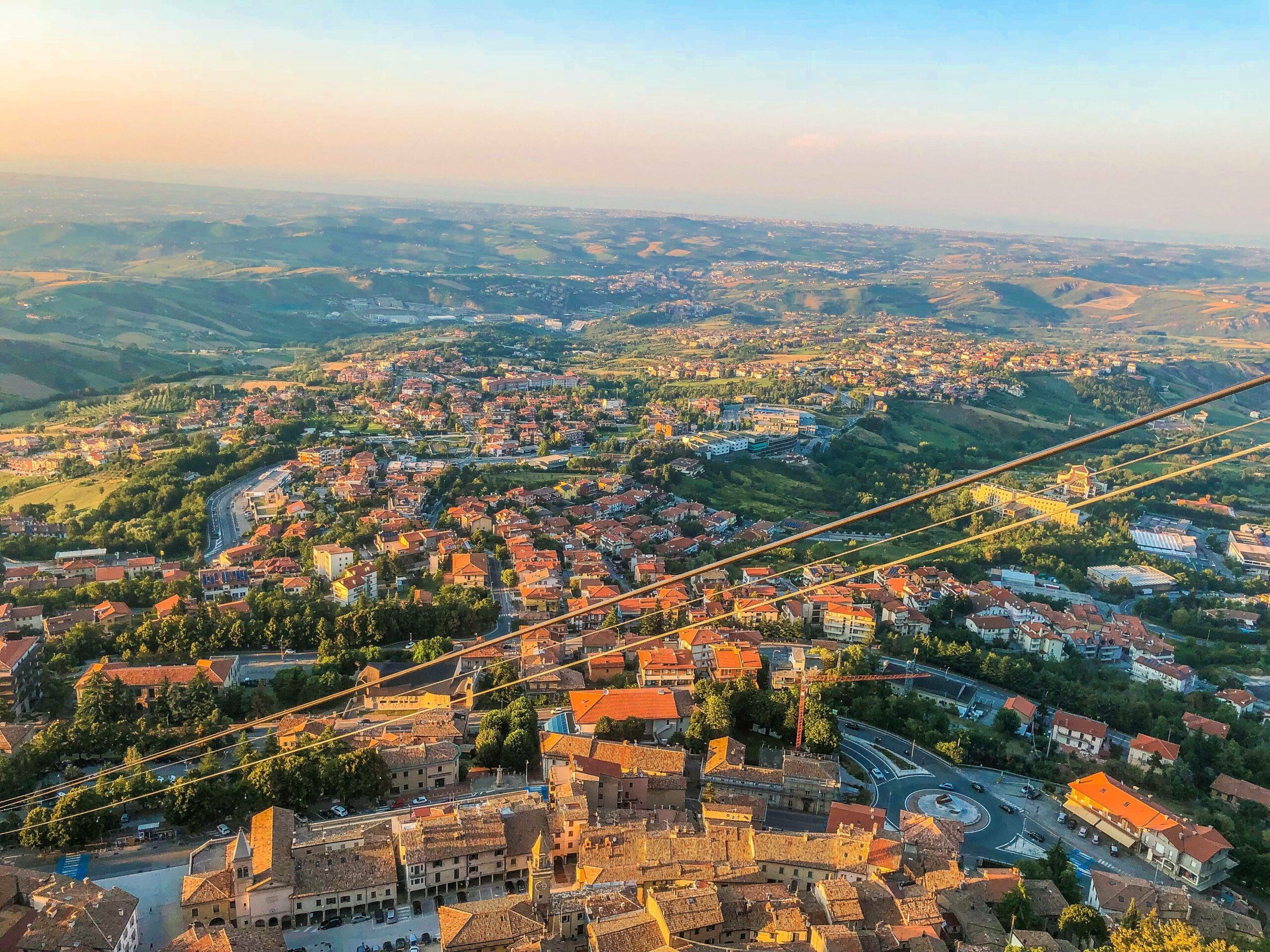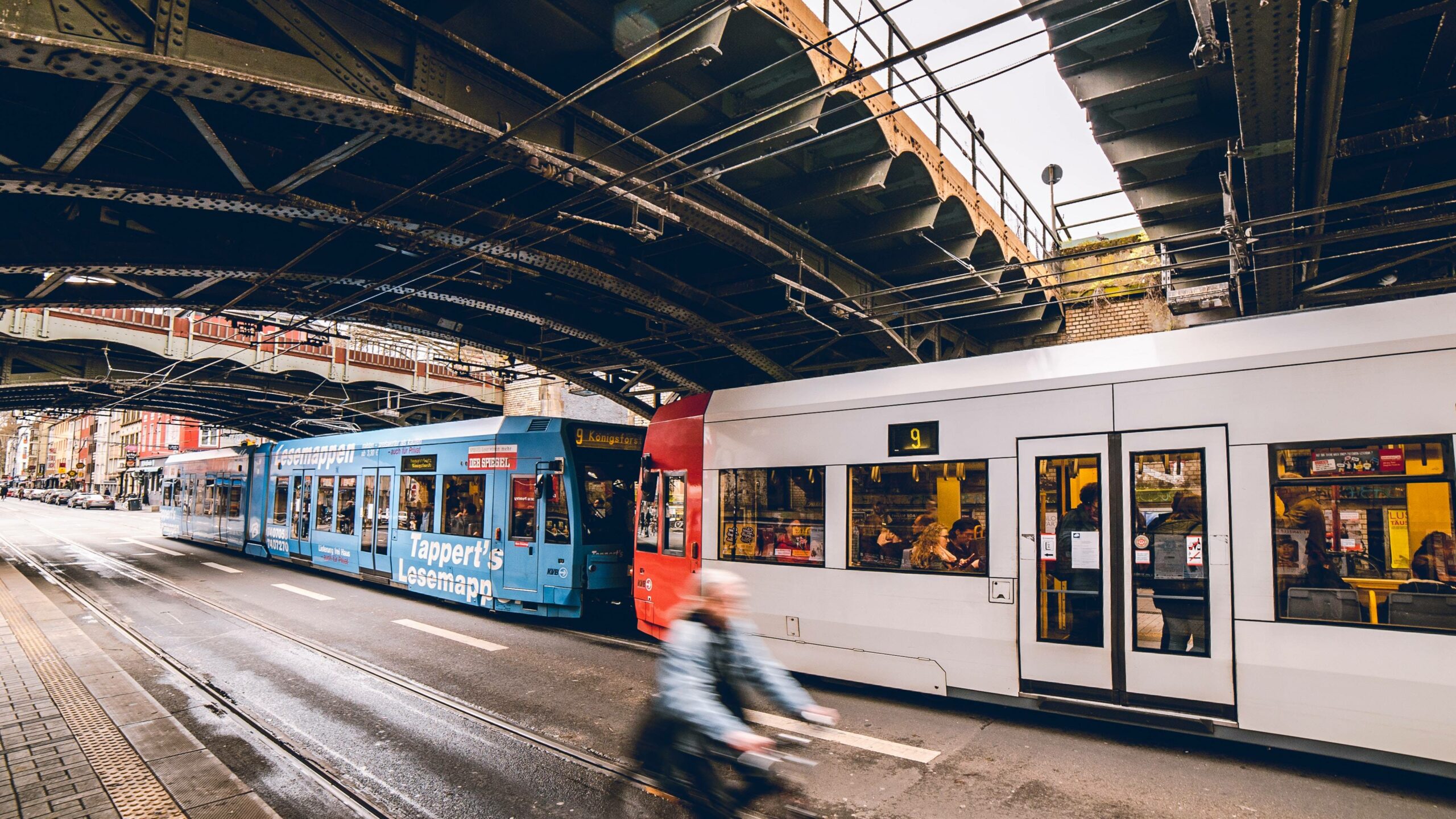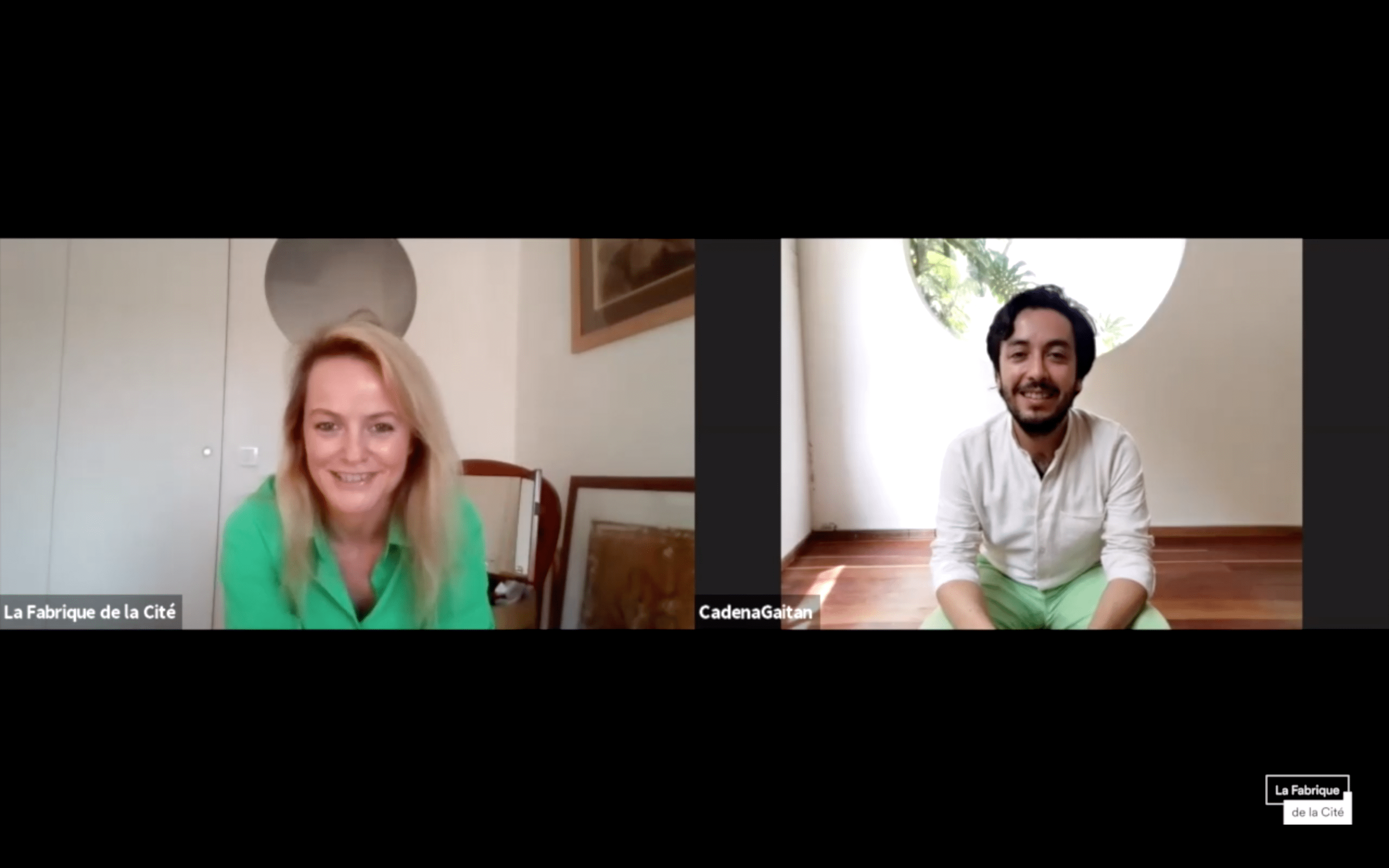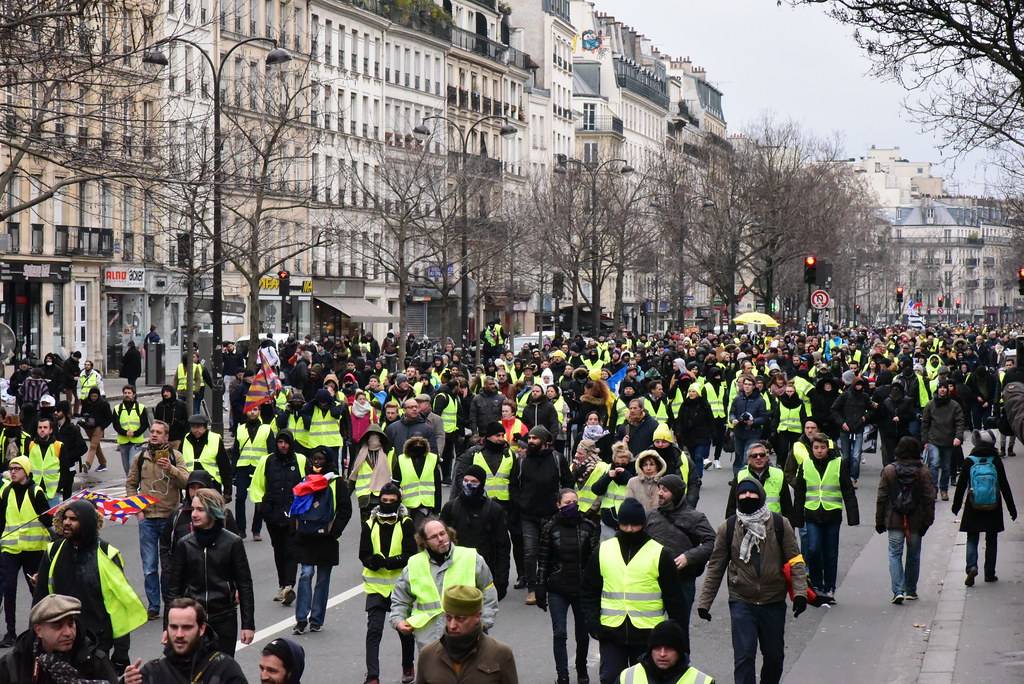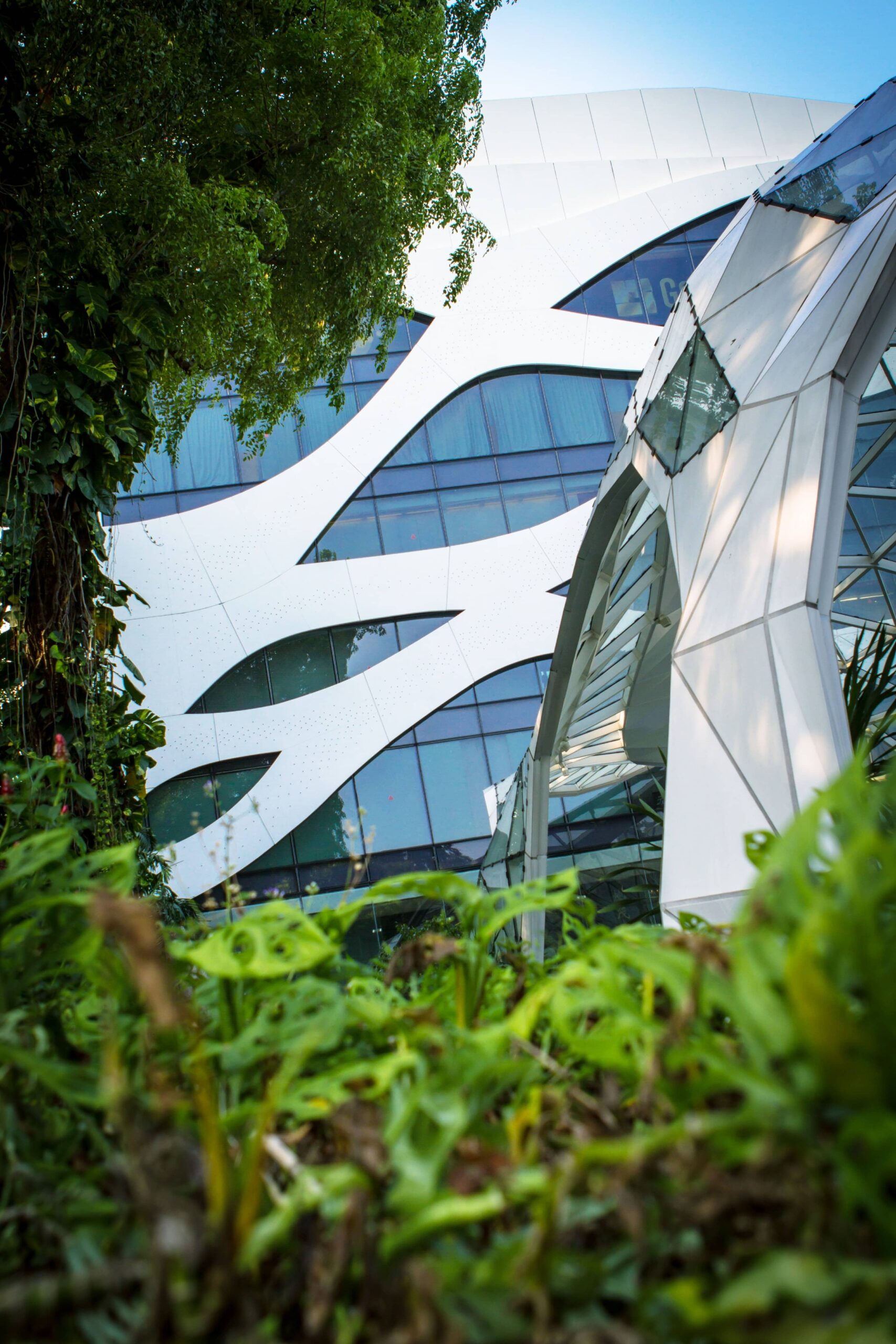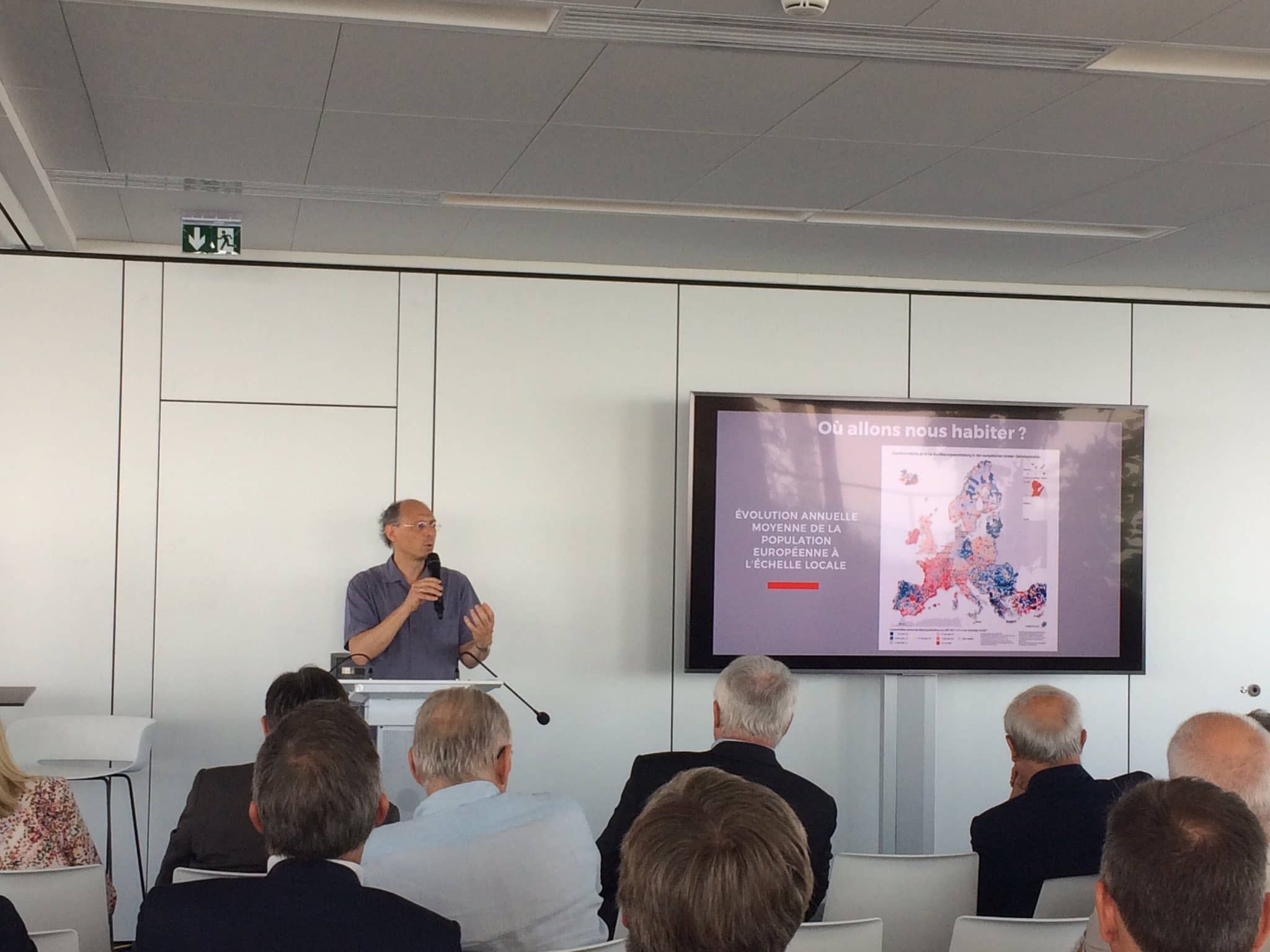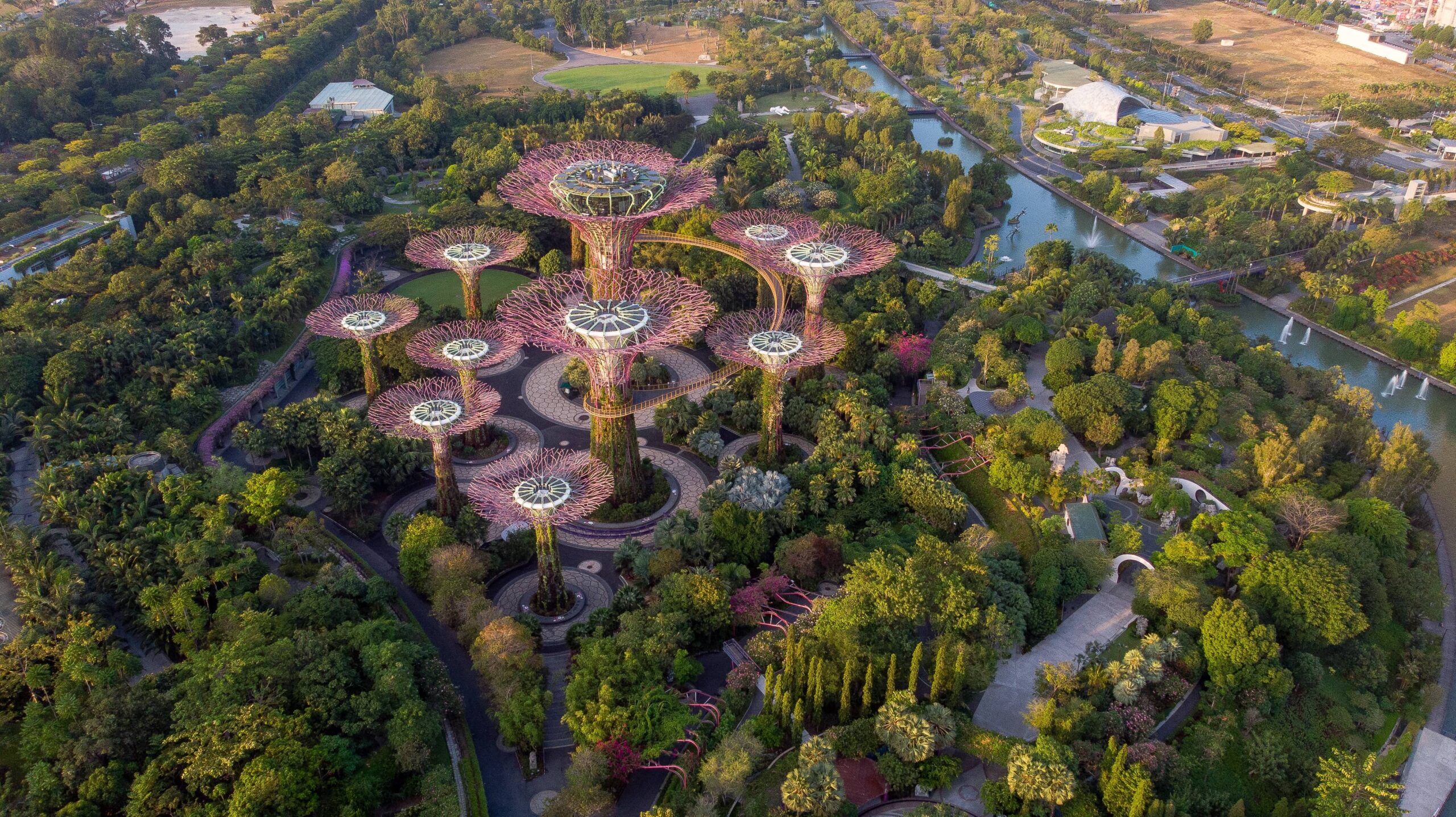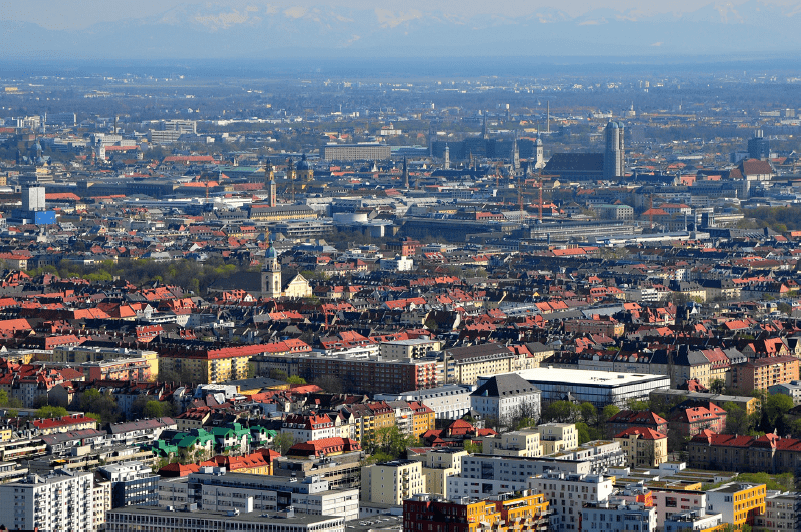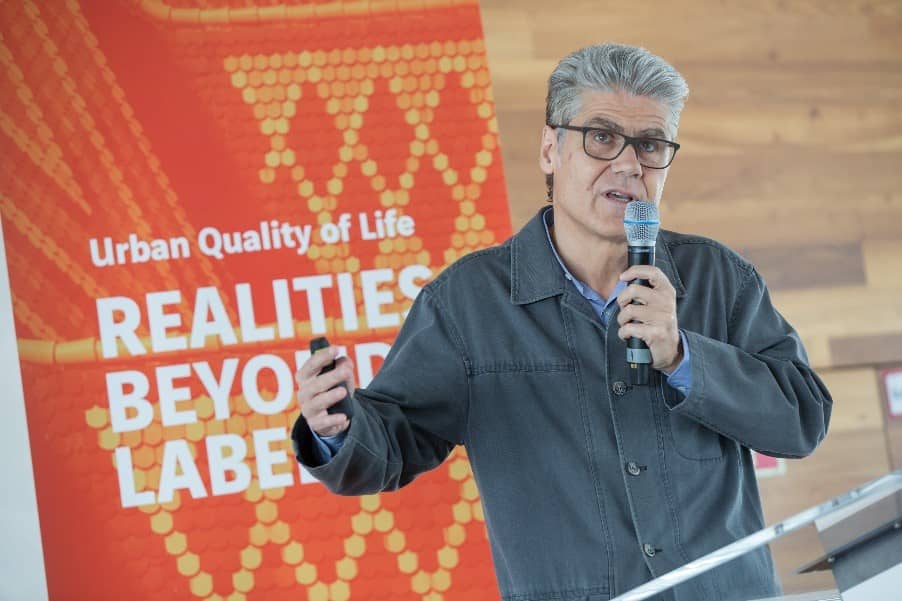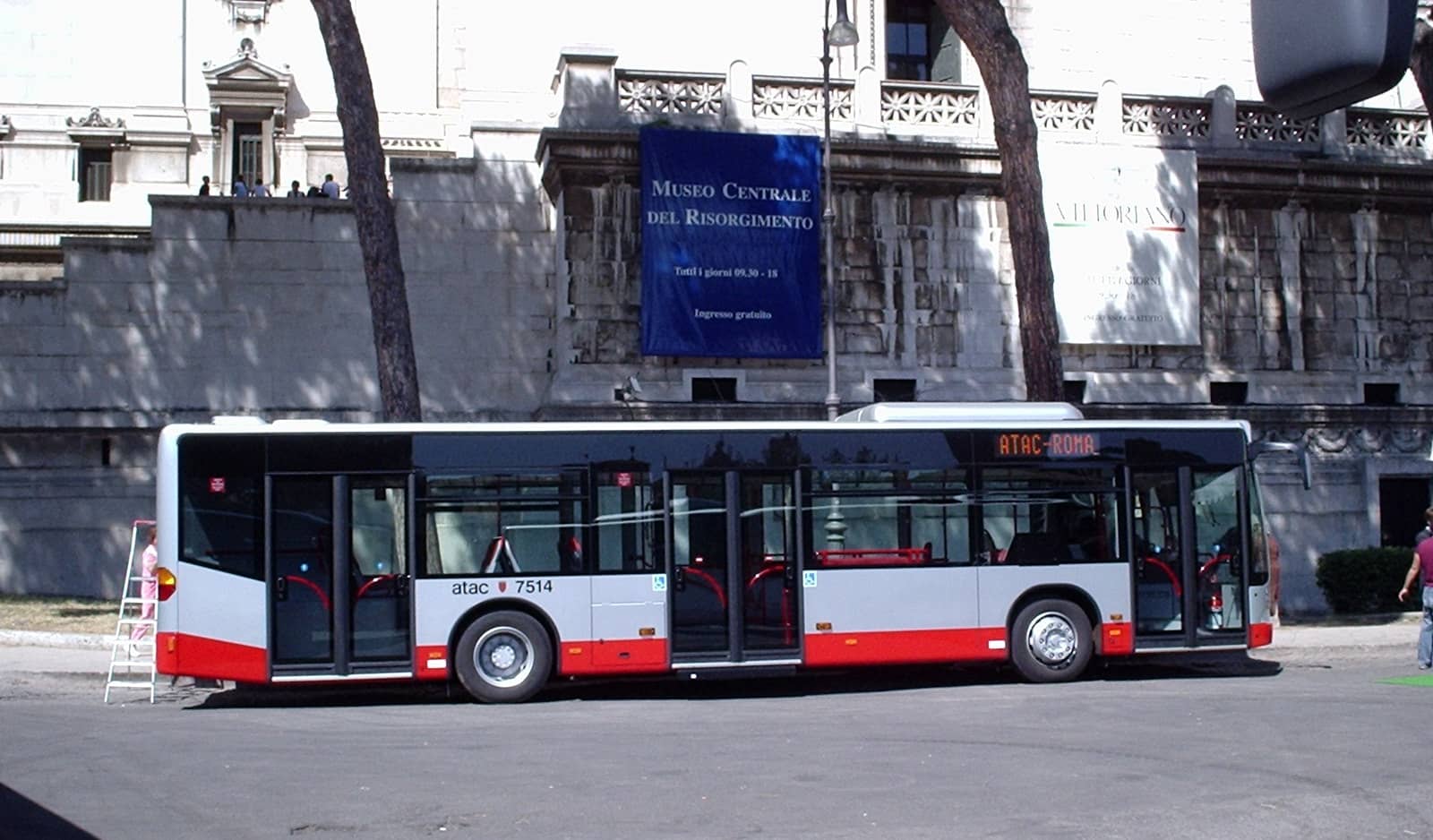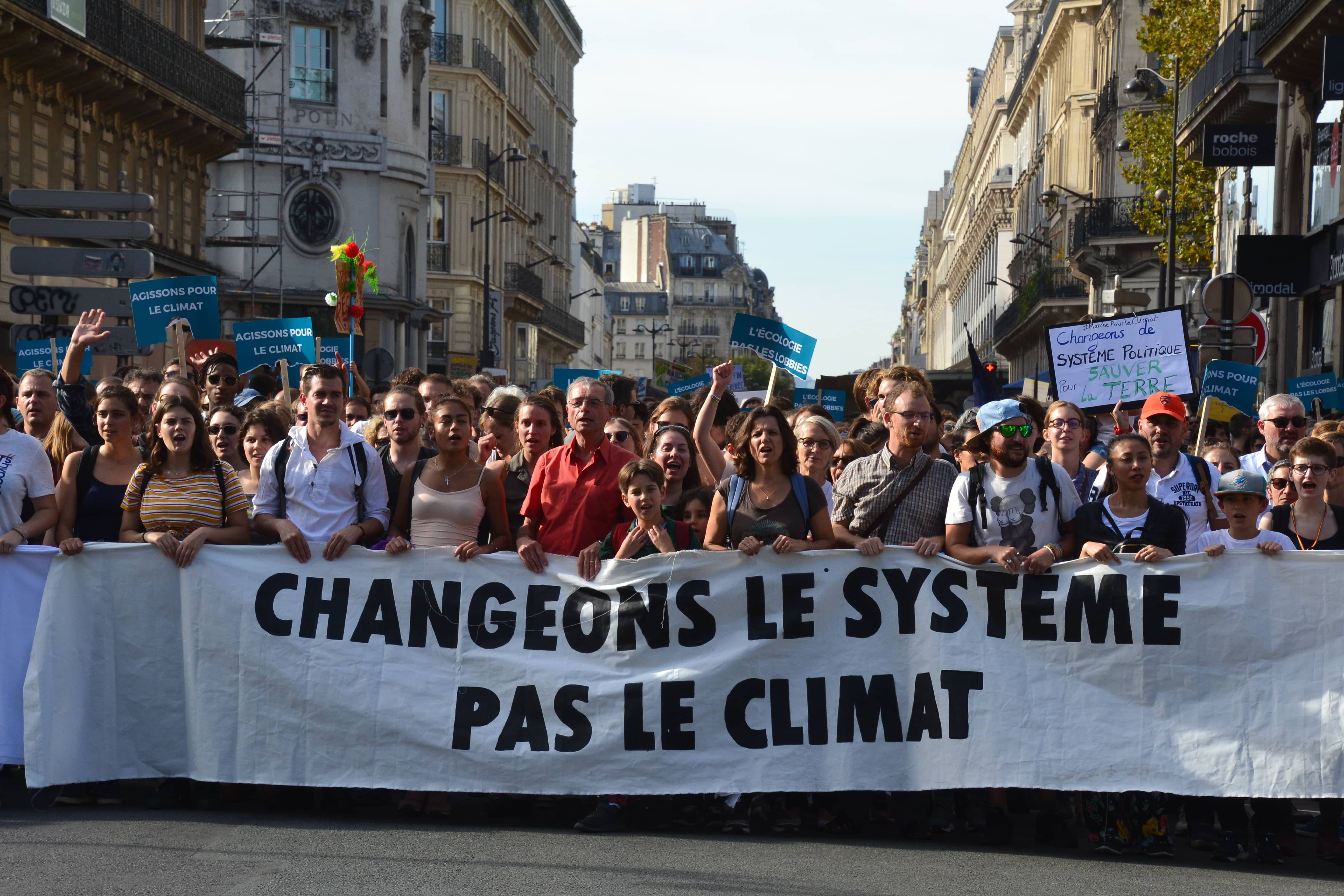

Protecting the land to protect the climate
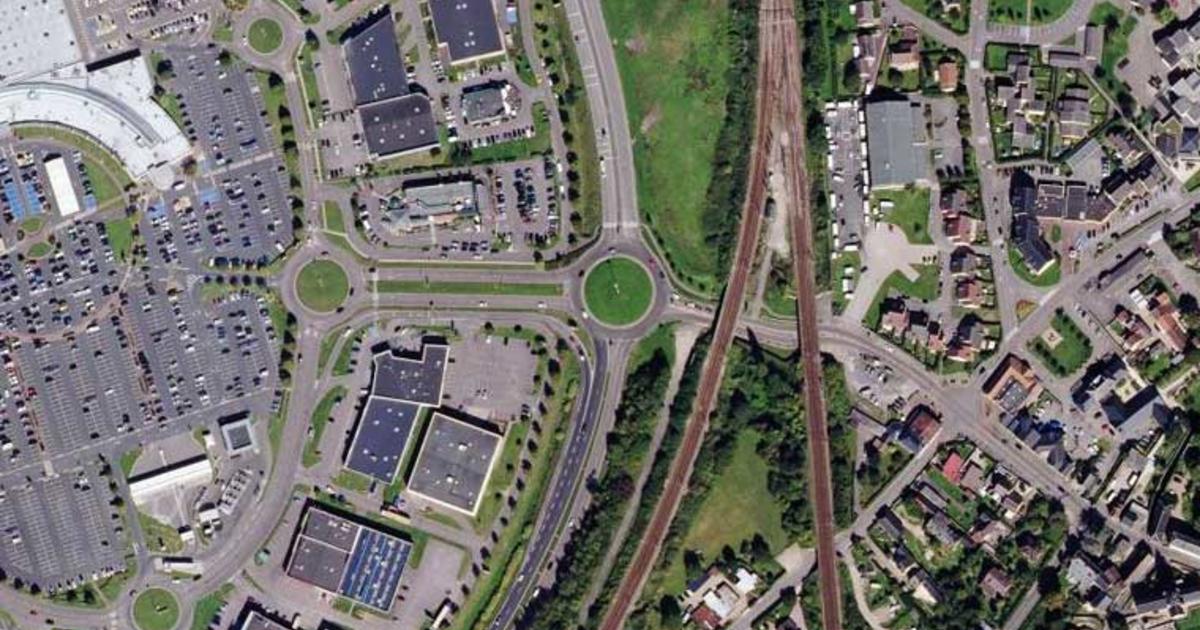
In order to curb the process of land artificialization in France, where the rate of artificialized soil per capita is the highest in Europe, the August 2021 Climate and Resilience Act set an objective of zero net artificialization of soils (ZNA) by 2050. While the ecological, social and economic issues related to artificialization are numerous, La Fabrique de la Cité wishes to highlight the link between artificialization and climate in particular.
A few weeks ago, the IPCC once again warned again of the serious consequences for ecosystems and our societies of a global warming of more than 1.5°C compared to pre-industrial levels. It reiterated the need to achieve carbon neutrality by 2050 to mitigate this disruption. While France has not met the initial commitments set by its National Low-Carbon Strategy (SNBC), scientists remain unanimous: all means must be implemented to drastically reduce our greenhouse gas emissions on the one hand and promote the development of carbon sinks on the other.
And what does the soil have to do with it? As a support for our housing, industries, infrastructures and other human activities, soil is above all governed by physical properties and is a key component of the climate system. Storing three times more carbon than is present in the atmosphere, land is one of the main carbon sinks. Scientists, and in particular those of the French National Institute for Agricultural Research (INRA), advocate for the protection of soils with significant carbon storage, but also for the increase of this storage through a series of practices to be implemented, particularly on agricultural soils. The SNBC identifies artificialization as “a topic with very high stakes for achieving carbon neutrality“.
Based on these observations and wishing to highlight the key part of soil in the fight against climate change, La Fabrique de la Cité wishes to refocus the objective of zero net artificialization on environmental issues and proposes its articulation with the SNBC. This idea is presented in its first note on artificialization, which is above all a synthesis of hearings conducted during 2021 with researchers and professionals in order to understand their point of view regarding this new measure. It also recalls the main orders of magnitude and issues related to artificialization.
A fothcoming note, “The development of a zero net land-use policy in support of the National Low-Carbon Strategy“, will focus at greater length on this specific issue of the link between land-use change and climate change.
These other publications may also be of interest to you:
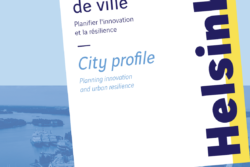
Helsinki : Planning innovation and urban resilience
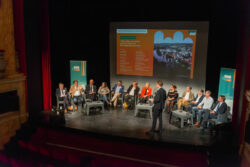
Back from Cahors

A warm tomorrow
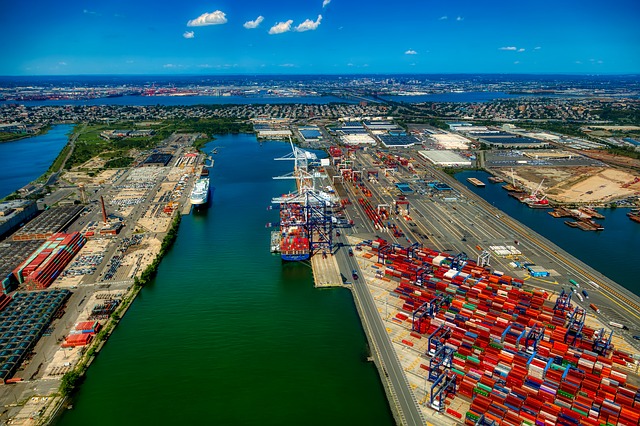
Rebalancing

Size, Network and People
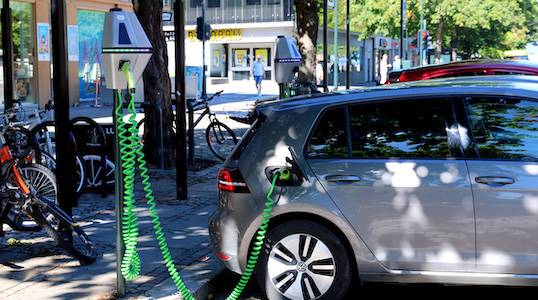
Funding mobility in a post-carbon world

Toronto: How far can the city go?

Nature in the city

Inventing the future of urban highways
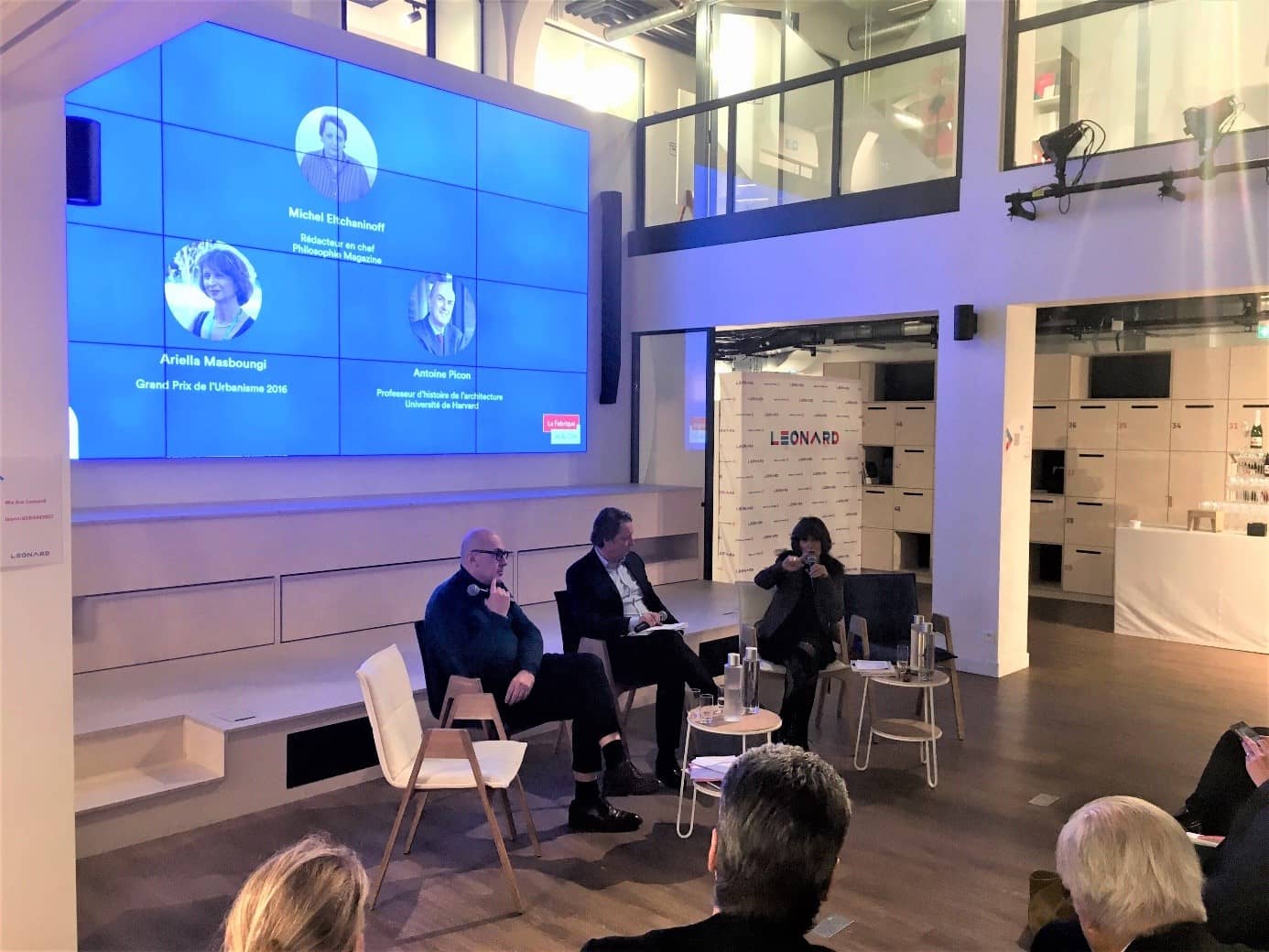
Spatial justice, managing the situation to enable development?
La Fabrique de la Cité
La Fabrique de la Cité is a think tank dedicated to urban foresight, created by the VINCI group, its sponsor, in 2010. La Fabrique de la Cité acts as a forum where urban stakeholders, whether French or international, collaborate to bring forth new ways of building and rebuilding cities.
















